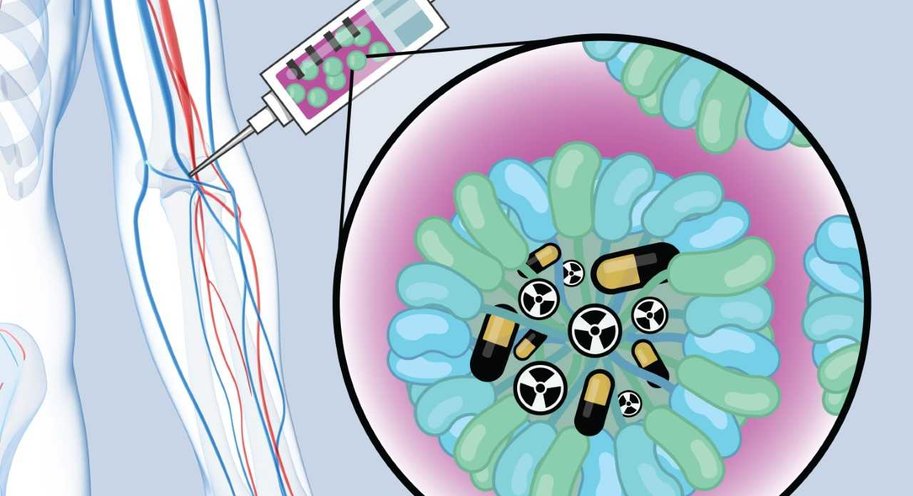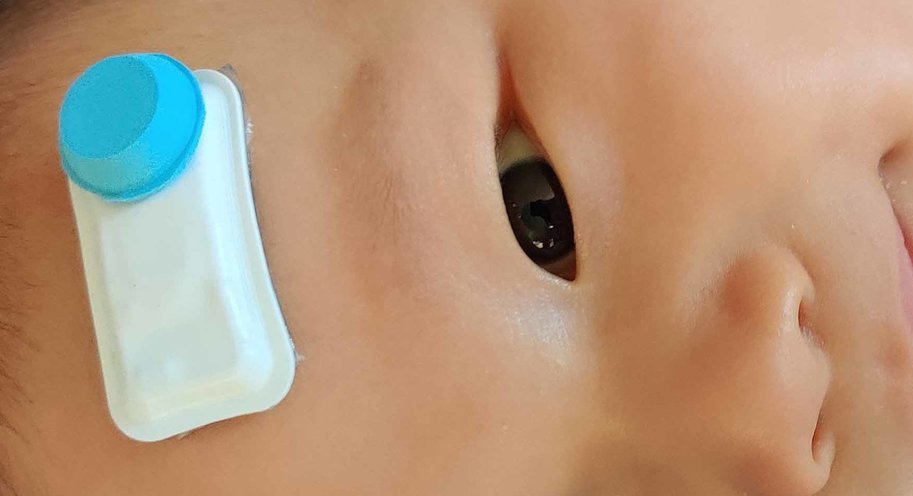Rij 1: Vier personen per rij.
- Twee elementen: Foto vierkant met aansluitend een grid met tekst en aanklikbare iconen. Geen wit rondom. In twee delen te kopieren.
- Twee elementen: Foto landscape met aansluitend een grid met tekst en aanklikbare iconen. Geen wit rondom. In twee delen te kopieren.
- Een element: Grid met foto vierkant, tekst en aanklikbare iconen. Wit rondom. Voordeel: als een template te kopieren dat werkt sneller.
- Een elemelnt: Grid met foto landscape, tekst en aanklikbare iconen. Wit rondom. Voordeel: als een template te kopieren dat werkt sneller.
Rij 2: Vier personen op rij
- Contact Information element: Foto vierkant met alleen naam en een niet klikbare afbeelding met iconen. Nadeel niet klikbaar (onmogelijk) en afstand tussen de tekstdelen en de afbeelding is erg ruim.
- Contact Information element: Foto vierkant met naam en contactgegevens in vaste opmaak en een niet klikbare afbeelding met iconen. Nadeel niet klikbaar (onmogelijk) en afstand tussen de tekstdelen en de afbeelding is erg ruim.
- Contact Information element: Foto vierkant met naam en tekst in het tekstblok en een niet klikbare afbeelding met iconen. Nadeel niet klikbaar (onmogelijk), maar afstand tussen de delen door gebruik tekstblok is beter.
- Losse elementen: een foto voerkant, tekst, grid met klikbare iconen. Hierdoor andere uitlijning. Nadeel: Weinig samenhang.
Health Engineering at Chemical Engineering
Healthcare solutions are becoming increasingly more integrated across disciplines and scales, for instance combining soft materials with tissues, and integrating knowledge of transport phenomena into advanced numerical models of disease progression. Chemical engineering approaches can play a crucial role in many healthcare developments, where innovations could impact millions of lives. Expanding on expertise in the Department, we envision integrating approaches and methods from ChemE disciplines at different length scales to create a research hub on personalized/precision drug delivery and monitoring of therapeutic effects, both in vitro (organ on chip) and in silico (modelling ranging from molecular scale to patient-specific data). We plan to expand the ongoing activity on materials for controlled release applications with minimally invasive triggers, by strengthening the existing activities with complementary multiscale theoretical/modelling activities.
Examples are multiscale modelling of the transport and interactions of molecules with membranes, cells, organs-on-chip; or multiscale modelling of formulations for drug delivery including response to triggers for controlled release. The second area where we see a clear opportunity for chemical engineering is in evaluation platforms (organ-on-chip models capable of mimicking real human tissues) with

real-time monitoring of transport and diffusion using or developing new (bio)sensing methods. Through these synergistic activities we will achieve a strong integration of length scales and disciplines, unique to the chemical engineering approach.
Strategic choices: develop platforms for drug release, monitoring and testing that can be applied to a chemistry of disease. Priority areas: multiscale modelling of materials/formulations for drug delivery and of controlled release mechanisms; integration of sensing methods with organ models for monitoring effect of (controlled release of) therapeutics; ultimately applications in high-throughput screening for AI/automation approaches.








